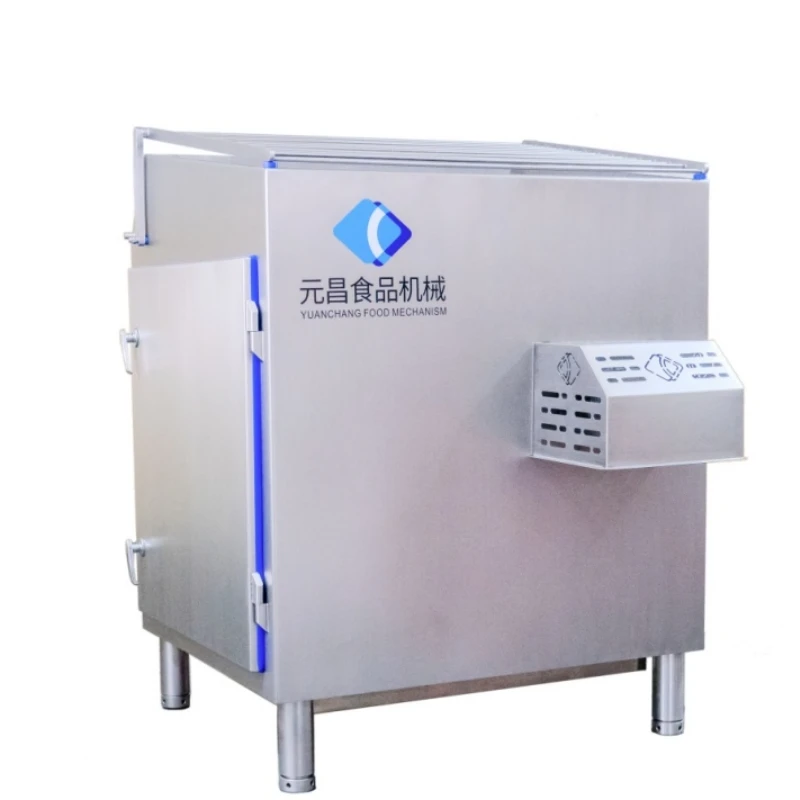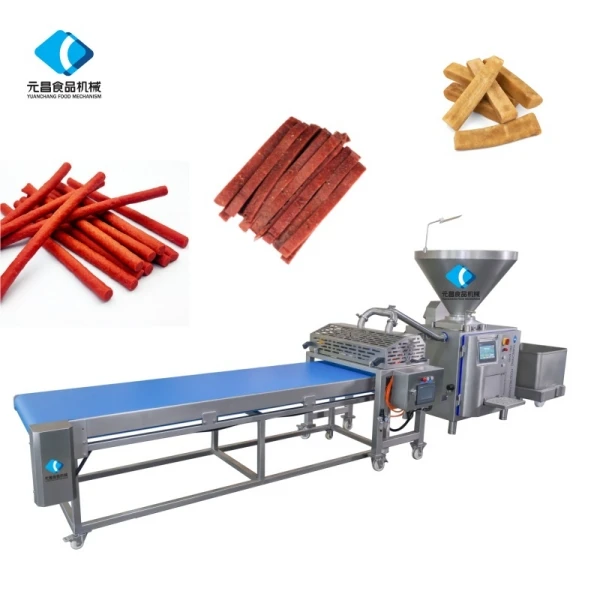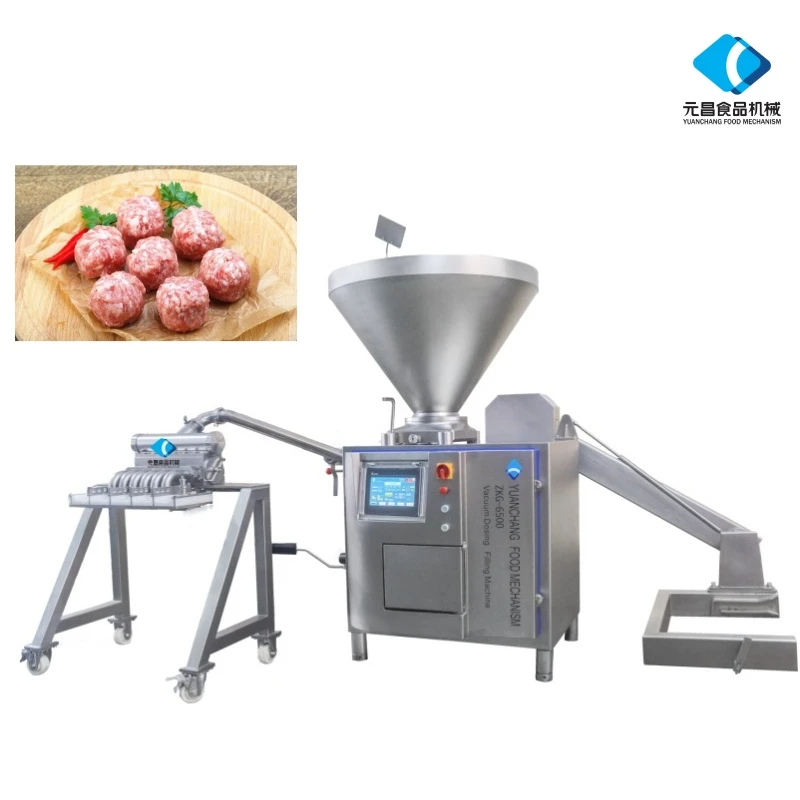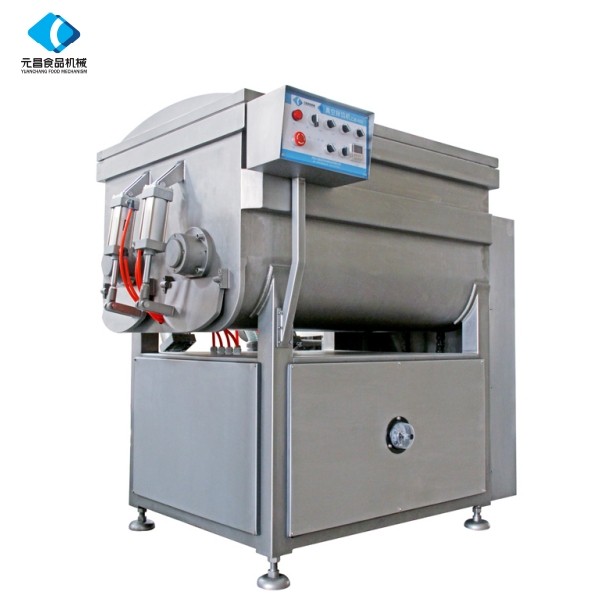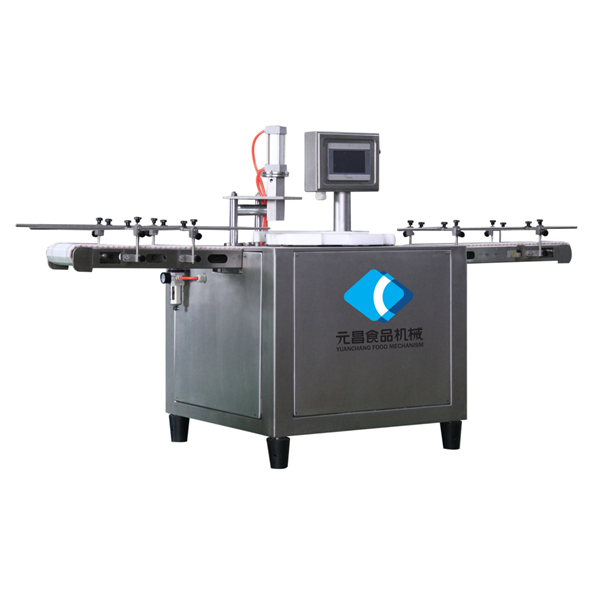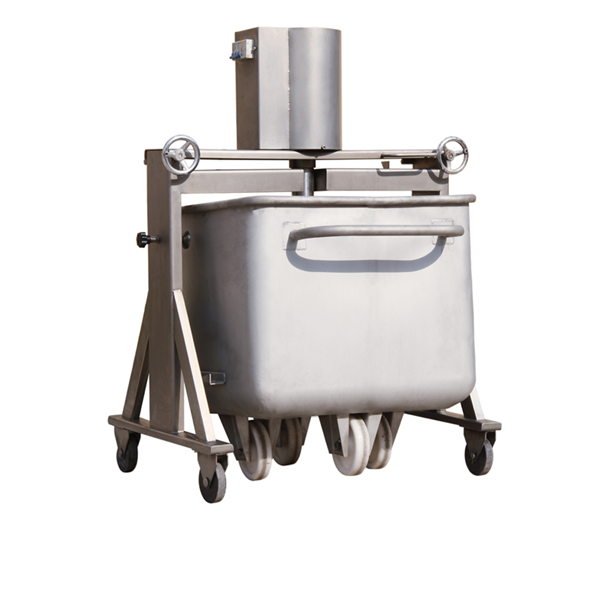- Afrikaans
- Albanian
- Amharic
- Arabic
- Armenian
- Azerbaijani
- Basque
- Belarusian
- Bengali
- Bosnian
- Bulgarian
- Catalan
- Cebuano
- chinese_simplified
- chinese_traditional
- Corsican
- Croatian
- Czech
- Danish
- Dutch
- English
- Esperanto
- Estonian
- Finnish
- French
- Frisian
- Galician
- Georgian
- German
- Greek
- Gujarati
- haitian_creole
- hausa
- hawaiian
- Hebrew
- Hindi
- Miao
- Hungarian
- Icelandic
- igbo
- Indonesian
- irish
- Italian
- Japanese
- Javanese
- Kannada
- kazakh
- Khmer
- Rwandese
- Korean
- Kurdish
- Kyrgyz
- Lao
- Latin
- Latvian
- Lithuanian
- Luxembourgish
- Macedonian
- Malgashi
- Malay
- Malayalam
- Maltese
- Maori
- Marathi
- Mongolian
- Myanmar
- Nepali
- Norwegian
- Norwegian
- Occitan
- Pashto
- Persian
- Polish
- Portuguese
- Punjabi
- Romanian
- Russian
- Samoan
- scottish-gaelic
- Serbian
- Sesotho
- Shona
- Sindhi
- Sinhala
- Slovak
- Slovenian
- Somali
- Spanish
- Sundanese
- Swahili
- Swedish
- Tagalog
- Tajik
- Tamil
- Tatar
- Telugu
- Thai
- Turkish
- Turkmen
- Ukrainian
- Urdu
- Uighur
- Uzbek
- Vietnamese
- Welsh
- Bantu
- Yiddish
- Yoruba
- Zulu
Precision Sausage Cutting Machine | Efficient Slicer for Food
The Evolution of Precision: Understanding Sausage Cutting Machine Technology
The food processing industry, particularly the meat sector, demands unparalleled precision, hygiene, and efficiency. In this dynamic landscape, the sausage cutting machine stands out as a critical innovation. These sophisticated sausage machines are engineered to streamline the production process, ensuring uniform product size, minimizing waste, and maximizing operational throughput. From small-scale artisanal producers to large industrial facilities handling extensive sausage food volumes, the demand for reliable and advanced cutting solutions continues to surge. Recent market analyses indicate a steady growth in the global meat processing equipment market, driven by increasing consumer demand for processed meat products and the imperative for automation to meet stringent food safety regulations and reduce labor costs. This section delves into the evolving trends shaping the landscape of sausage processing equipment, highlighting the shifts towards intelligent automation, enhanced sanitation features, and bespoke solutions that cater to diverse product specifications.
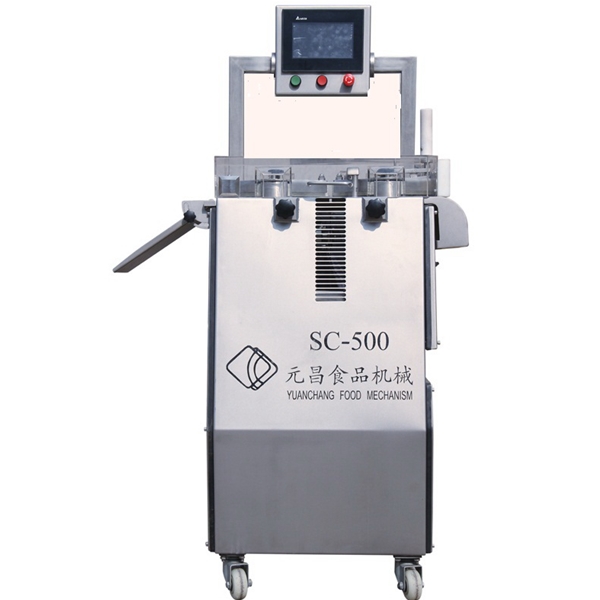
Key trends include the integration of advanced sensor technologies for precise length and weight control, the adoption of robotic arms for handling and packaging, and the implementation of IoT-enabled systems for real-time monitoring and predictive maintenance. Furthermore, there is a strong emphasis on machines constructed from food-grade materials like SUS304 or SUS316 stainless steel, ensuring compliance with international hygiene standards such as HACCP and FDA. The continuous innovation in blade technology, from rotary to ultrasonic cutting methods, aims to achieve cleaner cuts with minimal product distortion, preserving the aesthetic and structural integrity of the sausage food. These advancements underscore a collective industry effort to achieve higher levels of automation, improved food safety, and greater operational flexibility for processing various types of sausages.
Engineering Excellence: Technical Parameters and Design Principles
A high-performance sausage cutting machine is a testament to meticulous engineering and advanced material science. The technical parameters define its capability and efficiency, directly impacting production line performance. Key specifications typically include cutting speed (e.g., 200-800 pieces/minute), cutting length accuracy (e.g., ±1mm), and applicable sausage casing diameter range (e.g., 15mm-50mm). Power consumption, machine dimensions, and weight are also crucial for integration into existing facilities. For instance, a high-capacity industrial sausage slicer machine might operate at 5kW, while a compact model for smaller operations could require less than 1kW. The core of these machines often involves precision servomotor control systems coupled with robust PLC (Programmable Logic Controller) interfaces, allowing for seamless adjustment of cutting parameters and integration with upstream and downstream equipment.
| Parameter | Description | Typical Value Range |
|---|---|---|
| Cutting Speed | Pieces per minute / Cycles per minute | 200 - 800 pcs/min |
| Cutting Length Accuracy | Deviation from set length | ±1.0 mm |
| Sausage Diameter Range | Applicable casing diameter | 15 - 50 mm |
| Power Supply | Electrical requirements | 3 Phase, 380V/50Hz (customizable) |
| Power Consumption | Typical operational power | 1.5 - 5.0 kW |
| Material Construction | Primary material for food contact parts | Food-grade SUS304 / SUS316 Stainless Steel |
| Control System | User interface and automation | PLC with HMI Touch Screen |
The design principles revolve around hygiene, efficiency, and longevity. All components coming into contact with sausage food must be easily cleanable, resistant to corrosion, and non-toxic, typically adhering to FDA and CE standards. Manufacturing processes involve precision CNC machining for critical parts, ensuring exact tolerances and smooth surfaces to prevent bacterial buildup. Critical components, such as cutting blades and gripping mechanisms, often undergo specialized heat treatments and surface finishes to enhance durability and performance, contributing to a longer service life and reduced maintenance requirements. The meticulous attention to these technical details ensures that each sausage cutting machine delivers consistent, high-quality output while maintaining the highest levels of food safety.
Manufacturing Precision: The Sausage Cutting Machine Production Workflow
The production of a robust and reliable sausage cutting machine involves a multi-stage process, beginning with the selection of premium materials and culminating in rigorous quality assurance. The foundation is laid with high-grade stainless steel (SUS304, SUS316) for all food-contact surfaces and structural components, chosen for its exceptional corrosion resistance and hygienic properties.
- Material Procurement & Preparation: Sourcing certified food-grade stainless steel sheets, bars, and profiles. Materials undergo initial inspection for quality and composition.
- Precision Fabrication: Utilizing advanced CNC laser cutting and bending machines to form chassis, covers, and structural elements. This ensures high dimensional accuracy and repeatability.
- Machining of Critical Components: Key components like cutting blades, gears, and feed mechanisms are precision-machined using multi-axis CNC milling and turning centers. This process is critical for achieving the fine tolerances required for accurate and efficient cutting.
- Welding & Assembly: Expert welders employ TIG or MIG welding techniques to assemble the frame and major sub-assemblies, followed by meticulous polishing of weld seams to ensure smooth, crevice-free surfaces for easy cleaning and hygiene compliance.
- Electrical & Control Integration: Installation of motors, sensors, PLC systems, and human-machine interface (HMI) touchscreens. Wiring and programming are executed by certified technicians, adhering to electrical safety standards (e.g., ANSI/UL).
- Surface Treatment & Finishing: Components undergo passivation and electropolishing to enhance corrosion resistance and create a smooth, sterile surface.
- Quality Control & Testing: Each sausage cutting machine undergoes comprehensive functional testing, including simulated production runs, accuracy checks, and safety inspections. Compliance with international standards such as ISO 9001 for quality management and CE marking for European market access is verified. Service life is projected for decades with proper maintenance, due to robust design and material choices.
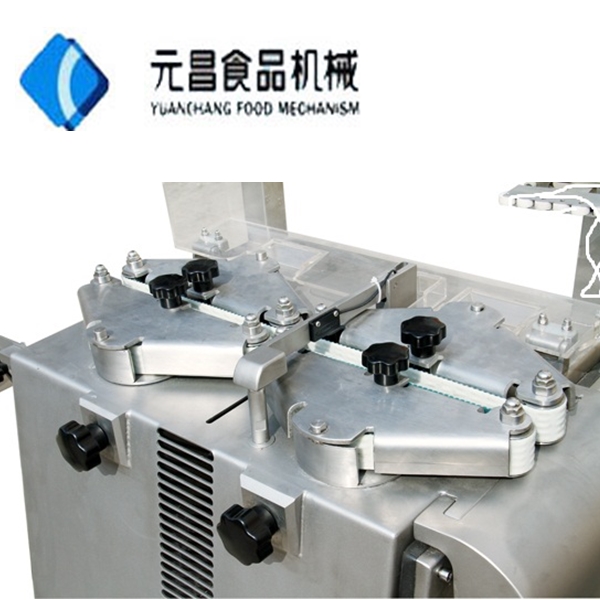
In typical application scenarios within the food processing industry—such as large-scale meat packing plants, ready-meal production facilities, and specialized sausage manufacturers—these machines demonstrate superior advantages. They significantly reduce manual labor, increase production consistency, and minimize product giveaway through precise cutting. The hygienic design facilitates rapid cleaning-in-place (CIP) or easy disassembly for thorough sanitation, critical for preventing cross-contamination and adhering to stringent food safety protocols. Their robust construction ensures long-term reliability even in demanding 24/7 operational environments.
Strategic Advantages and Diverse Applications of Sausage Cutting Machines
The deployment of an advanced sausage cutting machine offers a multitude of strategic advantages for food processors aiming to optimize their operations. Beyond mere cutting, these machines contribute significantly to overall production efficiency, product quality, and cost reduction. Foremost among these advantages is the unparalleled precision they offer, ensuring every sausage portion is cut to an exact, pre-defined length and weight. This consistency is vital for packaging uniformity and adherence to product specifications, ultimately reducing product giveaway and enhancing consumer perception of quality sausage food. Furthermore, the high-speed operation capabilities of modern sausage machines drastically increase throughput compared to manual methods, enabling businesses to scale up production and meet rising market demands more effectively.
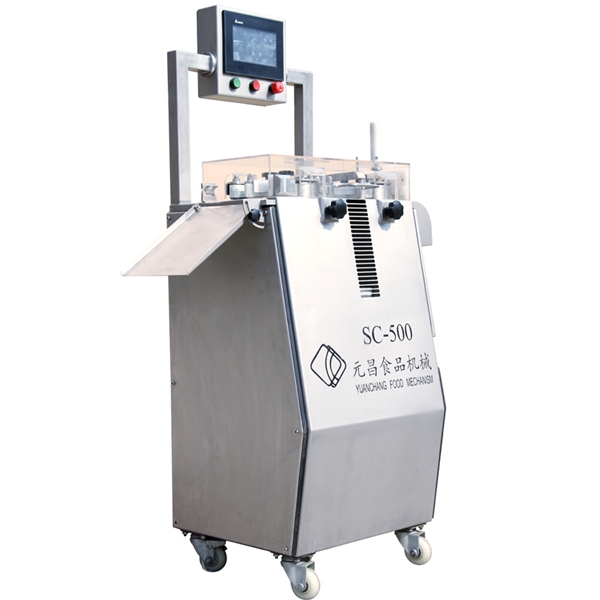
Another significant advantage is the enhanced food safety facilitated by their hygienic design. Constructed from food-grade stainless steel with polished surfaces and minimal crevices, these machines are easy to clean and sanitize, preventing bacterial growth and cross-contamination. This adherence to strict hygiene standards is crucial for compliance with global food safety regulations like HACCP and FDA guidelines, protecting both consumers and brand reputation. Additionally, automated sausage cutting reduces manual handling, further minimizing contamination risks and improving workplace safety by removing operators from direct contact with sharp blades. The versatility of these machines allows them to process a wide variety of sausage food types, including fresh, cooked, smoked, and even frozen sausages, accommodating various casing materials from natural to collagen and cellulose.
Application scenarios for the sausage slicer machine are diverse, spanning the entire food industry supply chain.
- Meat Processing Plants: For high-volume production lines preparing sausages for retail and foodservice.
- Ready-Meal Manufacturers: Integrating cut sausages into pre-packaged meals.
- Catering and Horeca Sector: Preparing portion-controlled sausages for hotels, restaurants, and institutional catering.
- Supermarkets and Butcher Shops: For in-store processing and custom cuts, enhancing freshness and presentation.
- Pet Food Industry: Certain models are adapted for cutting pet food sausages, ensuring consistent pet sausage food product sizes.
Choosing the Right Partner: Manufacturer Comparison and Custom Solutions
Selecting the ideal sausage cutting machine involves more than just evaluating technical specifications; it requires a thorough assessment of manufacturers and their capabilities. A reputable manufacturer differentiates itself through several key factors, including a proven track record, comprehensive after-sales support, and the ability to offer tailored solutions. When comparing various manufacturers of sausage machines, consider their years of experience in the food processing equipment sector, their certifications (e.g., ISO 9001, CE, FDA compliance), and their global client base, which indicates broad industry acceptance and reliability. Transparent documentation, including detailed technical manuals and service guides, is also a hallmark of a trustworthy provider.
| Feature/Service | Leading Manufacturer (e.g., YC Meat Mech) | Standard Provider |
|---|---|---|
| Customization Capability | High (Bespoke designs, integration solutions) | Limited (Standard models only) |
| After-Sales Support | Global, 24/7 technical support, spare parts availability | Regional, limited hours, basic spare parts |
| Compliance & Certifications | ISO 9001, CE, FDA, HACCP adherence | Basic CE or local certifications |
| Technology Integration | PLC, HMI, IoT-ready, robotics compatibility | Basic automation, manual adjustments |
| Warranty Period | Extended (e.g., 24-36 months on core components) | Standard (e.g., 12 months) |
Customized solutions are increasingly vital in the diverse food processing landscape. Leading manufacturers understand that one size does not fit all. They offer bespoke designs for a sausage cutting machine to accommodate unique product dimensions, production volumes, or integration requirements within existing production lines. This might involve modifying the cutting mechanism for specific casing types, designing specialized feeding systems for irregular sausage chains, or integrating with upstream sausage clipper machine systems or downstream packaging lines. A commitment to providing tailored engineering solutions ensures that the machine perfectly aligns with the client's operational workflow and specific product attributes, maximizing ROI and efficiency. This consultative approach, from initial design to installation and beyond, is what distinguishes an industry leader.
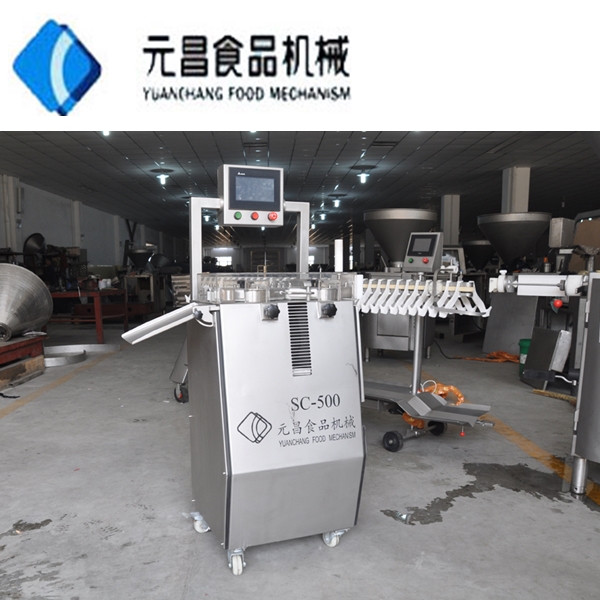
Real-World Impact: Application Cases and Client Success Stories
The true measure of a sausage cutting machine's efficacy lies in its performance in diverse real-world application scenarios and the tangible benefits it delivers to clients. Through numerous successful implementations, leading manufacturers have demonstrated their capacity to meet stringent industry demands and exceed client expectations. For example, a prominent meat packer in Europe adopted an automated sausage slicer machine to process their highly popular frankfurter line. Prior to implementation, they faced challenges with inconsistent lengths and slow production speeds due to reliance on semi-manual methods. After integrating the new machine, which boasts an average cutting speed of 700 pieces per minute with a length accuracy of ±0.5mm, the client reported a 40% increase in throughput and a significant reduction in product waste, leading to an estimated annual saving of over €150,000 in operational costs.
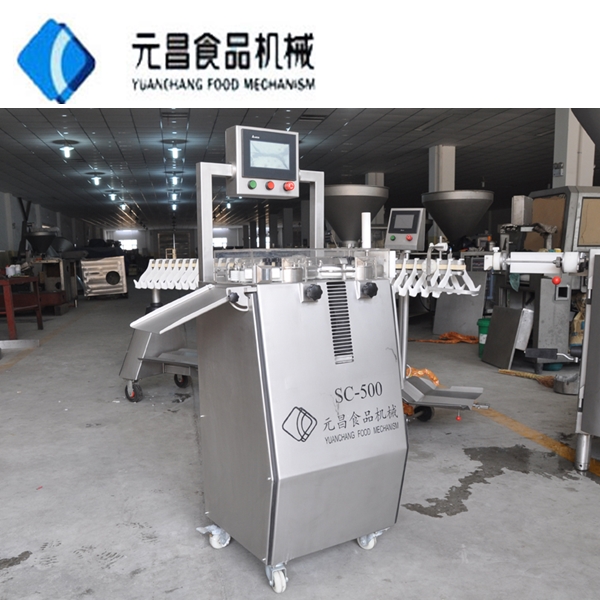
Another notable case involves a large supermarket chain in North America which sought to enhance its in-store sausage processing for various sausage food varieties. They required a compact, easy-to-operate, and highly hygienic sausage cutting machine that could handle both large batches and small, on-demand custom cuts. The deployed solution, a modular sausage machine featuring quick-change blade systems and intuitive HMI controls, allowed their staff to efficiently process diverse sausage types with minimal training. This not only improved product freshness and presentation but also enabled the chain to offer personalized services, strengthening customer loyalty. These examples underscore the profound impact of investing in technologically advanced and reliable sausage cutting solutions, transforming operational challenges into strategic advantages and fostering long-term business growth.
Ensuring Trust and Support: FAQs, Delivery, and Warranty
Building trust in the B2B equipment sector hinges on transparency, robust support, and clear commitments. Understanding common queries, delivery logistics, and warranty provisions is crucial for prospective buyers of a sausage cutting machine.
Frequently Asked Questions (FAQs)
- Q1: What is the typical lead time for a new sausage cutting machine?
- A1: Standard models typically have a lead time of 4-6 weeks from order confirmation to dispatch. Custom configurations may require 8-12 weeks, depending on complexity.
- Q2: How does your sausage slicer machine ensure hygiene and ease of cleaning?
- A2: Our machines are primarily constructed from food-grade SUS304/SUS316 stainless steel with polished surfaces to prevent bacterial adhesion. They feature quick-release components and open designs for easy access during cleaning-in-place (CIP) or manual wash-down, adhering to HACCP guidelines.
- Q3: Is technical support available after purchase for my sausage machine?
- A3: Yes, we provide comprehensive technical support including remote troubleshooting, online guidance, and field service by experienced engineers. Our global network ensures timely assistance regardless of your location. Spare parts are readily available and can be dispatched quickly.
- Q4: Can the machine be integrated into an existing production line?
- A4: Absolutely. Our sausage cutting machines are designed for modularity and can be seamlessly integrated with existing conveyors, feeders, and packaging systems. Our engineering team provides detailed integration planning and support.
Delivery Cycle and Logistics
Our commitment extends to ensuring timely and secure delivery of your sausage cutting machine. Upon completion of manufacturing and rigorous quality checks, machines are professionally packed for international shipment, often utilizing sturdy wooden crates with internal protective wrapping to prevent transit damage. We collaborate with trusted global logistics partners to provide efficient sea or air freight options. Clients receive regular updates on their order status, including estimated departure and arrival times, and customs clearance assistance to ensure a smooth delivery process.
Quality Assurance and Warranty Commitment
Every sausage cutting machine undergoes a multi-point inspection and performance validation process before leaving our facility, ensuring it meets our high standards and all specified parameters. We proudly offer a comprehensive warranty, typically ranging from 12 to 24 months, on all structural components and electrical systems from the date of installation or commissioning. This warranty covers manufacturing defects and component failures under normal operating conditions. Our dedicated customer support team is available to address any issues promptly, reinforcing our commitment to product reliability and client satisfaction.
References
- Smith, J. A. (2022). Innovations in Food Processing Equipment: A Decade Review. Journal of Food Engineering and Technology, 15(3), 112-128.
- Chen, L. & Wang, H. (2021). Hygienic Design Principles for Automated Meat Processing Machinery. International Journal of Food Science and Technology, 56(8), 3789-3801.
- Market Research Future. (2023). Meat Processing Equipment Market: Global Forecast to 2030. (Industry Report).
- European Food Safety Authority (EFSA). (2020). Guidance on the hygienic design of food processing facilities. EFSA Journal, 18(7), e06176.
-
Vacuum Bowl Cutter ZKZB-125 - Hebei Yuanchang | Meat Processing, Pet FoodNewsAug.15,2025
-
Vacuum Bowl Cutter ZKZB-125 - Hebei Yuanchang Food Mechanism & Technology Co., Ltd.NewsAug.15,2025
-
Vacuum Bowl Cutter ZKZB-125 | Hebei Yuanchang: Meat & Pet Food ProcessingNewsAug.15,2025
-
Vacuum Bowl Cutter ZKZB-125-Hebei Yuanchang Food Mechanism & Technology Co., Ltd.|Food Processing Technology,Vacuum ProcessingNewsAug.14,2025
-
Vacuum Bowl Cutter ZKZB-125-Hebei Yuanchang Food Mechanism & Technology Co., Ltd.NewsAug.14,2025



